Coconut (Cocos nucifera L.) is a member of the genus Cocos of the palm family. In Pacific island countries, coconut provides food, drink, clothing and shelter for the local people and its products are a major source of income in the tropical region, known as the "tree of life". In 2017, 2018, and 2019, the authors led three expeditions to Micronesia in the Western Pacific region and visited the four main islands of Yap, Kosrae, Chuuk, and Pohnpei, as well as the two major outer islands of Ulithi and Penang, passing through Guam eight times. It was found that the coconut in Guam was damaged by Oryctes rhinoceros L. and the coconut in Micronesia was damaged by Brontispa Longissima and Agonoxena pyrogramma. The latter two, in particular, caused damage in very large areas. These three pests are devastating for coconut. Without effective and timely pest control, the local coconut population, the"tree of life", may be destroyed, triggering an ecological disaster for these island countries. There had been two outbreaks of Brontispa Longissima, one in Hainan of China in 2002 and the other in Maldives in 2001, which were alarming but both were effectively controlled.
Here, we would like to call upon relevant authorities of Guam to launch control measures as soon as possible for Oryctes rhinoceros and the authorities of Micronesia to start control efforts for Brontispa longissima and Agonoxena pyrogramma across its territory. Based on related experience of Hainan Province, China, both countries are suggested to actively bring in the natural enemy, parasitic wasp, of these pests for biological prevention and control and strengthen inspection and quarantine for plants and animals from neighboring countries so to protect the "tree of life" of Pacific island countries.
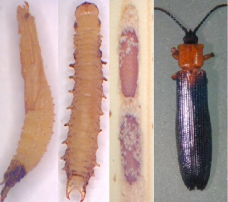
Brontispa longissima
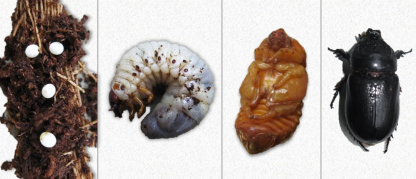
Oryctes rhinoceros
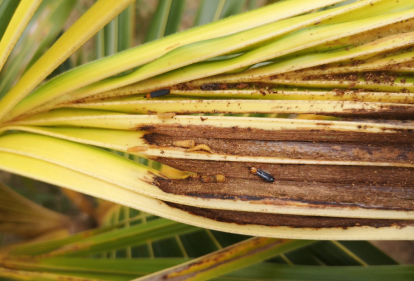
Agonoxena pyrogramma
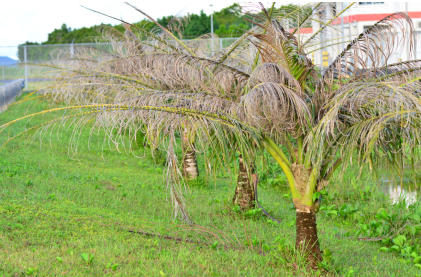
Coconut damaged by Agonoxena pyrogramma at the airport of Pohnpei State
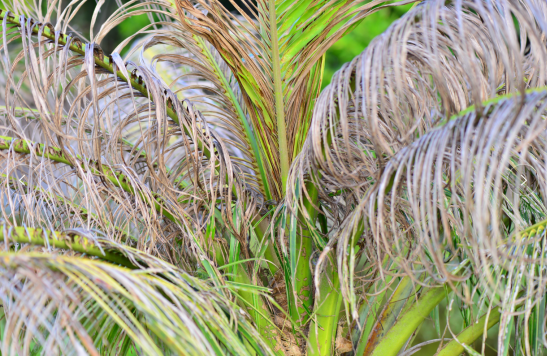
Coconut damaged by Brontispa longissima in Pohnpei State
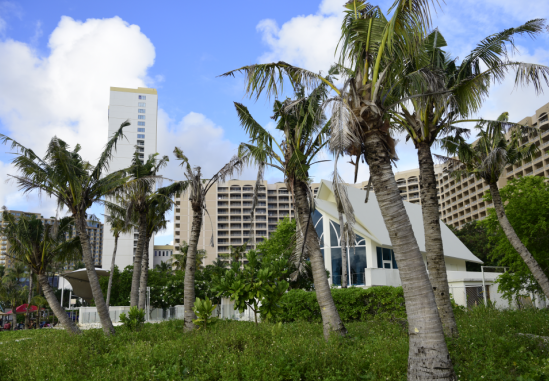
Coconut trees infested by Oryctes rhinoceros in Guam
About the Author: Liu Guodao1 Fan Haikuo2 Huang Guixiu3 Zhang Xue4
1. Tropical Crops Genetic Resources Institute, Chinese Academy of Tropical Agricultural Sciences (CATAS);
2. Coconut Research Institute, CATAS;
3. Environment and Plant Protection Institute, CATAS; 4. Division of International Cooperation, CATAS.
For more information, please contact WFP China COE (wfpcn.coe@wfp.org)
Category
Saving the Tree of Life in Pacific Island Countries
Contributor
Saving the Tree of Life in Pacific Island Countries
Country
Opinion

